Home>Technology>Security & Surveillance>How To Fix The Door Lock
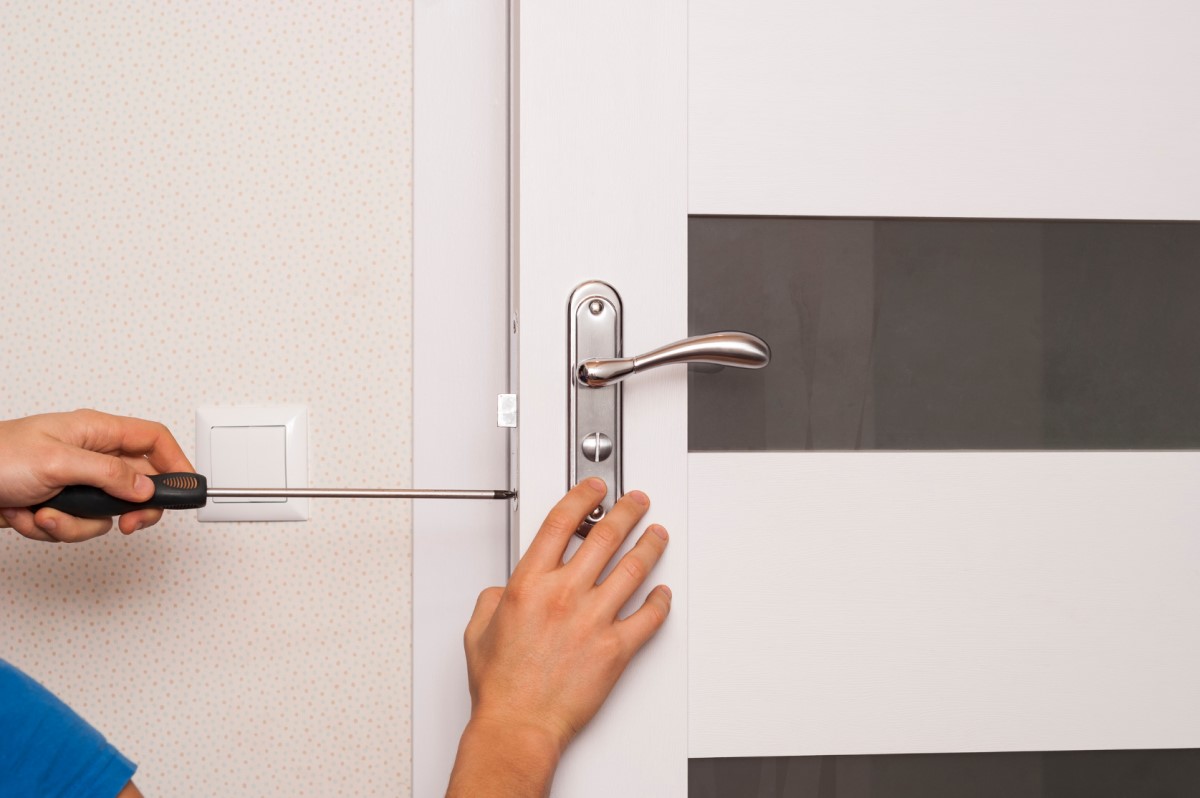

Security & Surveillance
How To Fix The Door Lock
Modified: March 1, 2024
Learn how to fix your door lock and improve your security with our expert tips. Find solutions for common security and surveillance issues. Unlock peace of mind today!
(Many of the links in this article redirect to a specific reviewed product. Your purchase of these products through affiliate links helps to generate commission for Storables.com, at no extra cost. Learn more)
Introduction
Read more: How To Fix A Stuck Lock On A Door
Introduction
Welcome to the ultimate guide on fixing door locks! A functional door lock is a crucial component of home security, providing peace of mind and safeguarding your loved ones and valuables. However, encountering issues with door locks is not uncommon. Whether your lock is loose, stuck, or misaligned, this comprehensive guide will equip you with the knowledge and skills to address these issues effectively.
In the following sections, we will delve into the step-by-step process of assessing the issue, gathering the necessary tools and materials, and implementing solutions for various door lock problems. From fixing a loose door lock to repairing a stuck lock and adjusting a misaligned one, you will learn valuable techniques to restore the functionality of your door locks.
By following the expert advice and detailed instructions provided in this guide, you can enhance the security of your home and ensure that your door locks operate smoothly and securely. Let's embark on this insightful journey to empower you with the expertise needed to tackle door lock issues with confidence and proficiency.
Key Takeaways:
- Keep your home safe by fixing loose, stuck, or misaligned door locks. Assess, gather tools, and follow step-by-step instructions to maintain your door locks and enhance home security.
- Regular maintenance and proactive repairs can prolong the lifespan of your door locks, contributing to a secure and functional living environment for you and your family.
Assessing the Issue
Before diving into the repair process, it is essential to thoroughly assess the nature of the door lock issue. By conducting a comprehensive assessment, you can accurately diagnose the problem and determine the most effective course of action. Here are the key steps to consider when assessing a door lock issue:
-
Observation: Begin by carefully observing the behavior of the door lock. Take note of any unusual sounds, resistance, or irregular movement when operating the lock. This initial observation can provide valuable insights into the underlying issue.
-
Testing: Test the lock multiple times to gauge its consistency and identify any recurring patterns of malfunction. Pay attention to any specific conditions or actions that seem to exacerbate the problem.
-
Examination: Inspect the door lock mechanism, including the latch, strike plate, keyway, and internal components. Look for signs of wear, damage, or obstruction that could be impeding the proper functioning of the lock.
-
Door Alignment: Evaluate the alignment of the door and frame to ensure that misalignment is not contributing to the lock’s malfunction. A misaligned door can place additional stress on the lock mechanism, leading to operational issues.
By systematically assessing the door lock issue through careful observation, testing, examination, and consideration of door alignment, you can gain a comprehensive understanding of the problem at hand. This thorough assessment will serve as the foundation for implementing the appropriate repairs and adjustments to restore the functionality of the door lock.
Gathering Tools and Materials
Equipping yourself with the right tools and materials is essential for effectively addressing door lock issues. Before initiating any repair or adjustment, it’s important to gather the necessary items to streamline the process and ensure a successful outcome. Here’s a comprehensive list of tools and materials you may need:
-
Screwdriver Set: A versatile screwdriver set with various head types, including Phillips and flathead, will enable you to disassemble and reassemble the lock components with ease.
-
Lubricant: A high-quality lock lubricant or graphite powder can help alleviate friction and improve the smooth operation of the lock mechanism.
-
Replacement Parts: Depending on the nature of the door lock issue, you may need replacement parts such as a new latch, strike plate, or lock cylinder. Ensure that you have the specific parts compatible with your door lock model.
-
Tape Measure: Verifying precise measurements for door alignment and component placement may require a reliable tape measure to ensure accuracy during adjustments.
-
Pliers: A pair of pliers can be useful for gripping and maneuvering small components during the repair process.
-
Allen Wrench Set: If your door lock features set screws or specific hardware that requires an Allen wrench, having a set of these tools on hand is essential for accessing and adjusting such components.
-
Replacement Screws: In case any existing screws are worn or damaged, having a selection of replacement screws in various sizes can facilitate seamless reinstallation.
-
Safety Glasses: When working on door lock repairs, protecting your eyes with safety glasses is crucial, especially when handling small parts or using lubricants.
By assembling the appropriate tools and materials beforehand, you can streamline the repair process and minimize interruptions, ensuring that you have everything you need to address the door lock issue effectively. With these essential items at your disposal, you’ll be well-prepared to tackle the repair or adjustment with confidence and precision.
Fixing a Loose Door Lock
A loose door lock can compromise the security and functionality of your entryway. Fortunately, addressing this issue is manageable with the right approach. Follow these step-by-step instructions to effectively fix a loose door lock:
-
Assessment: Begin by assessing the extent of the looseness in the door lock. Check for any visible gaps between the lock components and the door or frame, and determine the specific areas where the looseness is most apparent.
-
Tightening Screws: Using a suitable screwdriver from your set, locate the screws securing the lock mechanism to the door. Carefully tighten these screws to eliminate any slack and ensure a secure fit. Be cautious not to overtighten the screws, as this can lead to damage or misalignment.
-
Lubrication: Apply a small amount of lock lubricant or graphite powder to the moving parts of the lock mechanism, including the latch and internal components. This lubrication can mitigate friction and contribute to smoother operation, reducing strain on the lock assembly.
-
Testing: After tightening the screws and applying lubricant, test the door lock multiple times to evaluate its stability and functionality. Pay attention to any remaining signs of looseness or resistance during operation.
-
Adjustments: If the lock remains loose or exhibits persistent issues, consider making minor adjustments to the strike plate or latch position. This may involve repositioning the strike plate or modifying the latch’s alignment to achieve a snug and secure fit.
By systematically addressing the looseness in the door lock through screw tightening, lubrication, and potential adjustments, you can restore the stability and reliability of the lock mechanism. With these proactive measures, you can ensure that your door lock operates securely and seamlessly, enhancing the overall security of your home.
If the door lock is sticking, try lubricating the keyhole with graphite powder or silicone spray. If the lock is loose, tighten the screws on the strike plate. If the lock is still not working, consider replacing it.
Read more: How To Fix A Sticky Lock On A Door
Repairing a Stuck Door Lock
Dealing with a stuck door lock can be a frustrating and inconvenient experience, potentially impeding your access to essential areas of your home. However, with the right approach, you can effectively address a stuck door lock and restore its functionality. Follow these step-by-step instructions to repair a stuck door lock:
-
Assessment: Begin by assessing the nature of the lock’s stickiness. Determine whether the issue stems from a key that is difficult to turn, the internal components resisting movement, or other factors contributing to the lock’s immobility.
-
Lubrication: Apply a liberal amount of lock lubricant or graphite powder directly into the keyway and around the keyhole. Allow the lubricant to penetrate the internal components of the lock, alleviating friction and facilitating smoother operation.
-
Key Insertion and Movement: Insert the key into the lock and gently attempt to turn it. Exercise patience and avoid applying excessive force, as this can exacerbate the issue. If the key gradually begins to turn, continue the movement to encourage the loosening of internal components.
-
Repeated Testing: Test the lock multiple times, gradually increasing the range of key movement. This iterative approach can help dislodge any obstructions or binding components within the lock, gradually restoring its mobility.
-
Professional Assistance: If the lock remains persistently stuck despite lubrication and gentle manipulation, consider seeking professional locksmith assistance. A qualified locksmith can employ specialized tools and techniques to address more complex lock issues and ensure a thorough resolution.
By diligently applying lubrication, exercising gentle key movement, and conducting repeated testing, you can often alleviate the stickiness of a door lock and reinstate its smooth functionality. However, in cases where the issue persists, enlisting the expertise of a locksmith can provide the expertise needed to overcome more challenging lock-related challenges.
Adjusting a Misaligned Door Lock
A misaligned door lock can lead to operational issues and compromise the security of your entryway. Addressing this issue requires careful adjustments to realign the lock components and restore smooth functionality. Follow these step-by-step instructions to effectively adjust a misaligned door lock:
-
Identification of Misalignment: Begin by identifying the specific areas of misalignment in the door lock. This may involve examining the positioning of the latch, strike plate, and related components to pinpoint the sources of misalignment.
-
Loosening Components: Using a suitable screwdriver, carefully loosen the screws securing the strike plate to the door frame. Similarly, if the latch assembly is misaligned, loosen any screws holding it in place. These adjustments will provide the necessary flexibility to realign the components.
-
Repositioning: With the screws loosened, maneuver the strike plate or latch assembly to achieve proper alignment with the door frame and adjacent components. Ensure that the components fit securely and engage smoothly when the door is closed and the lock is operated.
-
Tightening and Testing: Once the components are realigned, securely tighten the screws to affix the strike plate and latch in their adjusted positions. Test the door lock multiple times to verify that the misalignment has been effectively resolved and that the lock operates seamlessly.
-
Additional Adjustments: If necessary, consider making minor adjustments to the door hinges or frame to further optimize the alignment of the door and facilitate smooth engagement of the lock components.
By methodically addressing misalignment through careful repositioning and secure fastening of lock components, you can rectify the issue and ensure that your door lock operates reliably and securely. These adjustments contribute to the overall integrity of your home’s security measures, enhancing peace of mind and convenience.
Conclusion
Congratulations on completing this comprehensive guide to fixing door locks! By gaining insights into assessing door lock issues, gathering essential tools and materials, and implementing solutions for various lock-related challenges, you have equipped yourself with valuable knowledge and practical skills to enhance the security and functionality of your home’s entryways.
Remember, a well-maintained and properly functioning door lock is a cornerstone of home security, providing protection and peace of mind for you and your loved ones. Whether you’ve addressed a loose lock, resolved a stuck lock, or realigned a misaligned lock, your proactive approach to maintaining these crucial components contributes to the overall safety and integrity of your living space.
As you apply the techniques and insights from this guide, consider integrating regular door lock maintenance into your home care routine. Periodically inspecting and lubricating your locks, ensuring proper alignment, and promptly addressing any emerging issues can prevent more significant problems and prolong the lifespan of your door lock mechanisms.
By staying proactive and informed, you are empowered to safeguard your home against potential security vulnerabilities and operational challenges related to door locks. Your dedication to maintaining a secure and functional living environment reflects your commitment to the well-being and security of your household.
Thank you for embarking on this insightful journey to enhance your understanding and proficiency in addressing door lock issues. Your proactive approach and newfound expertise will undoubtedly contribute to a safer and more secure home environment for you and your family.
Frequently Asked Questions about How To Fix The Door Lock
Was this page helpful?
At Storables.com, we guarantee accurate and reliable information. Our content, validated by Expert Board Contributors, is crafted following stringent Editorial Policies. We're committed to providing you with well-researched, expert-backed insights for all your informational needs.
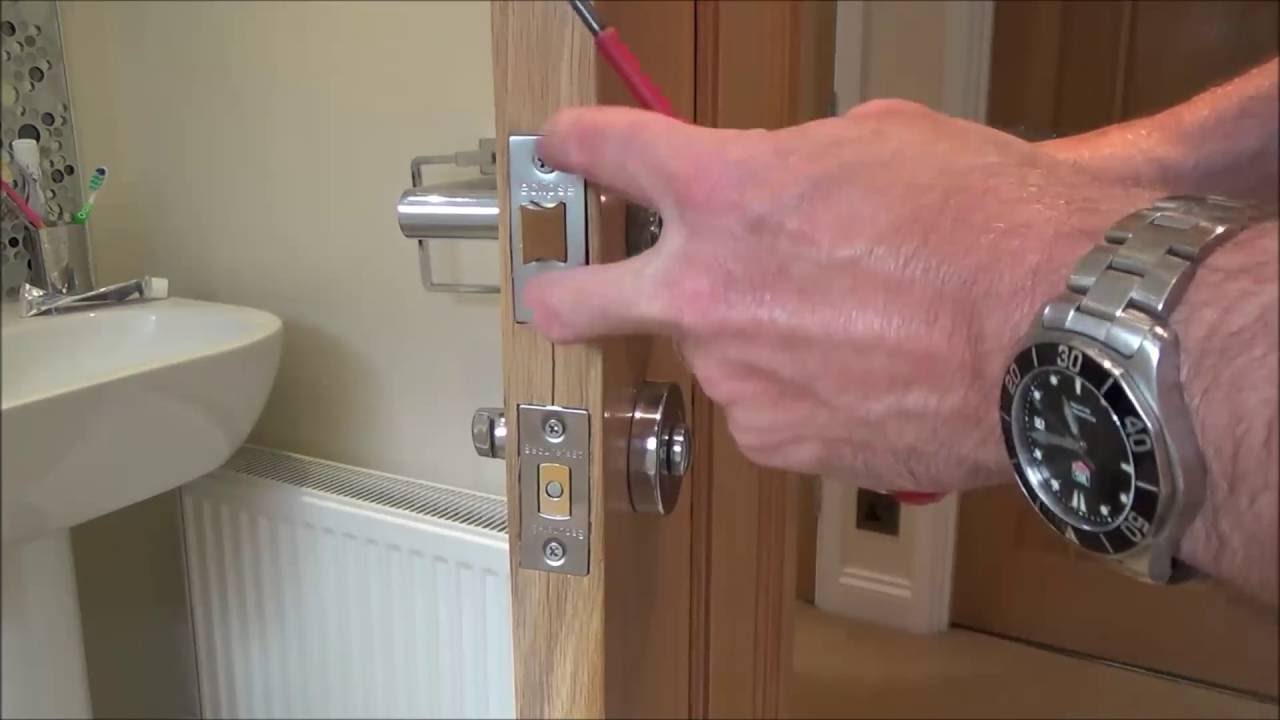
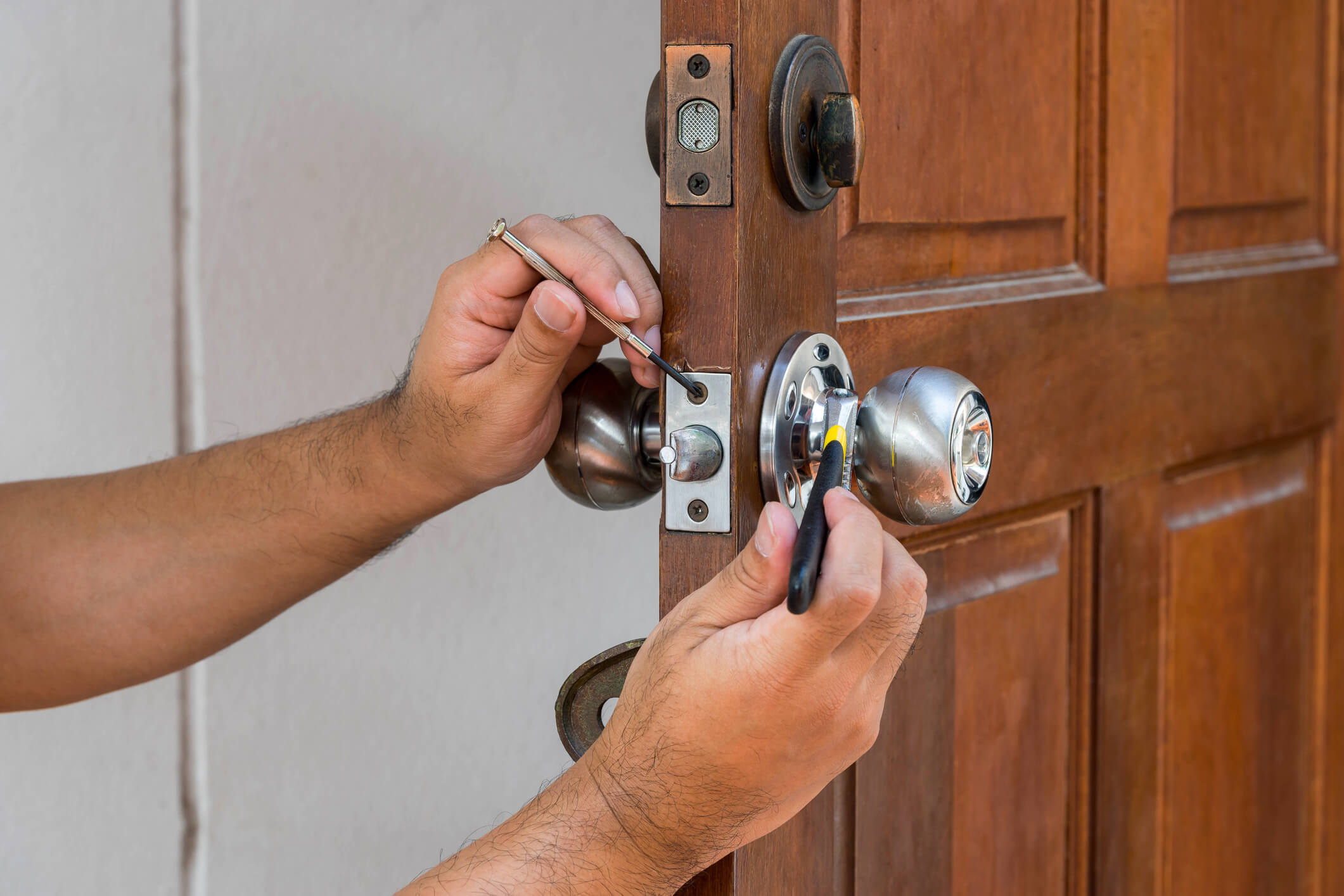
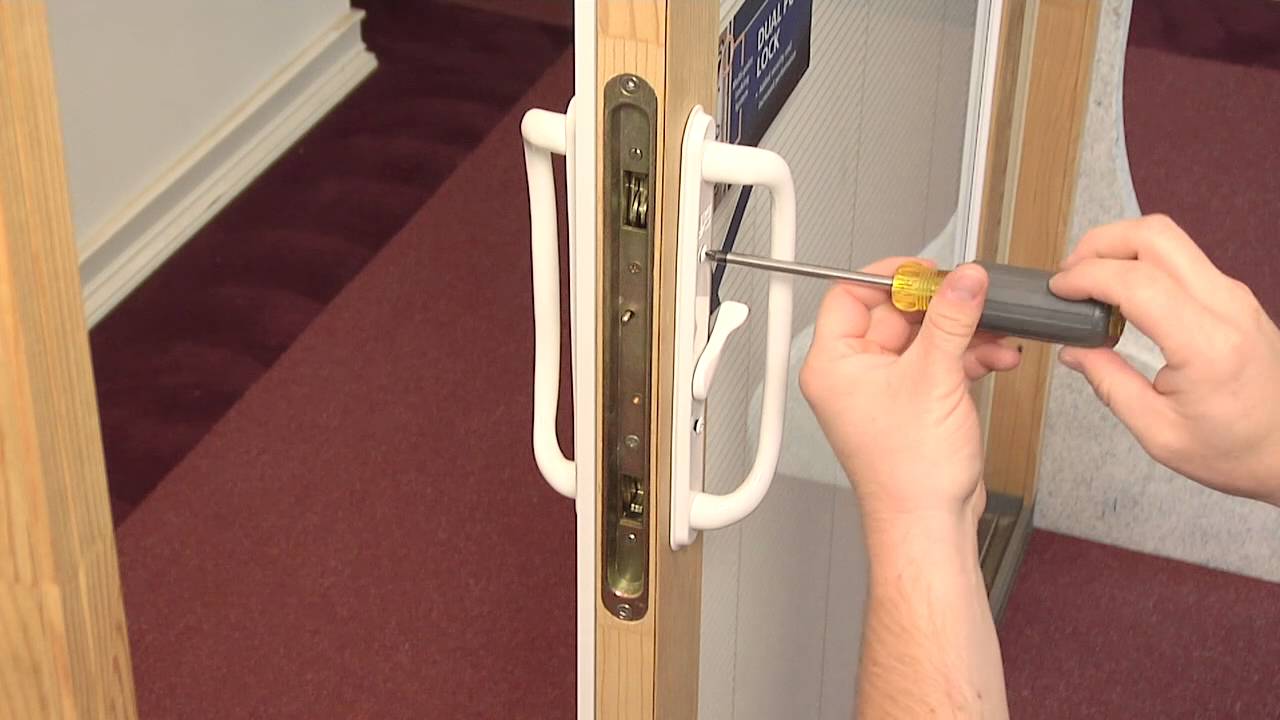
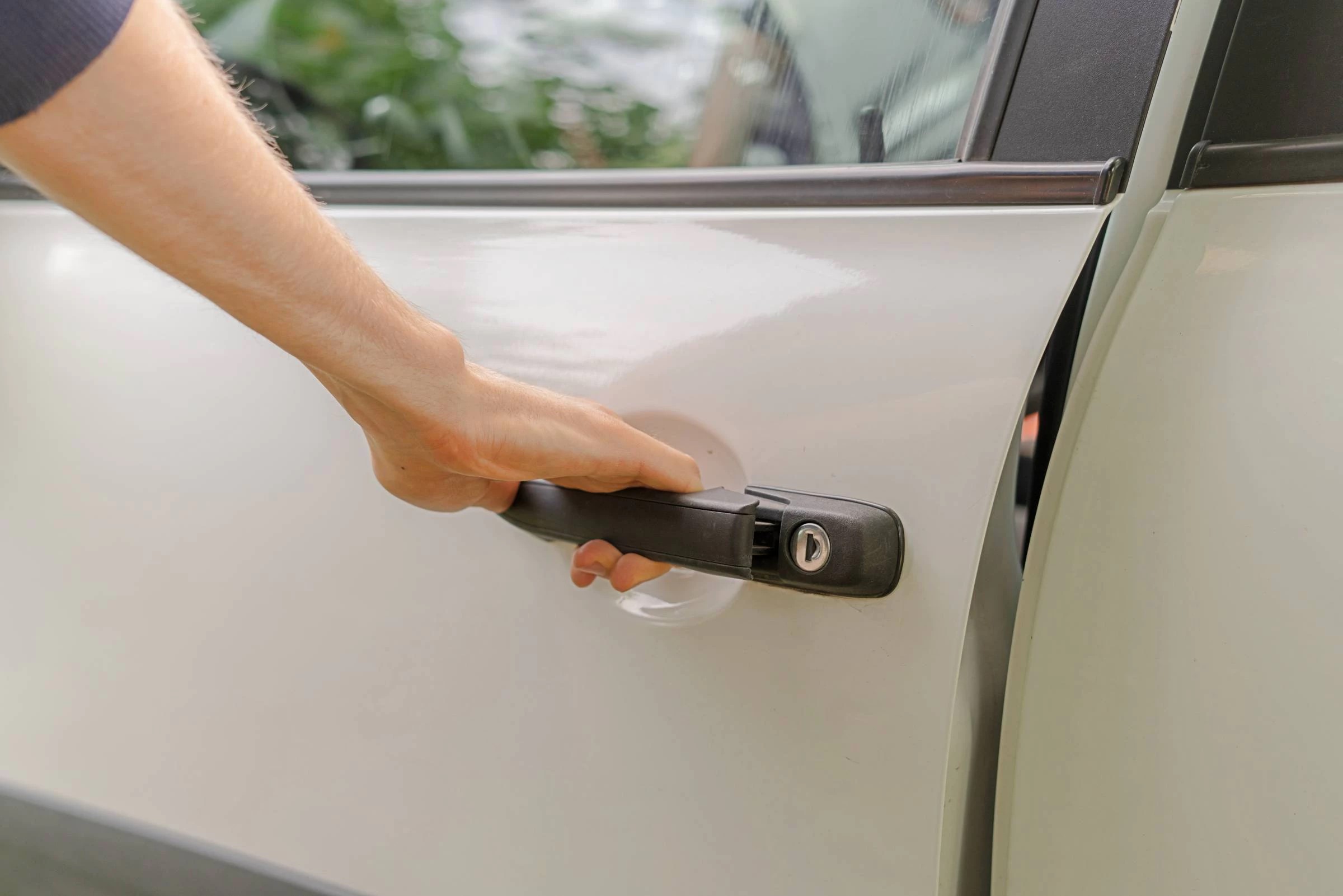
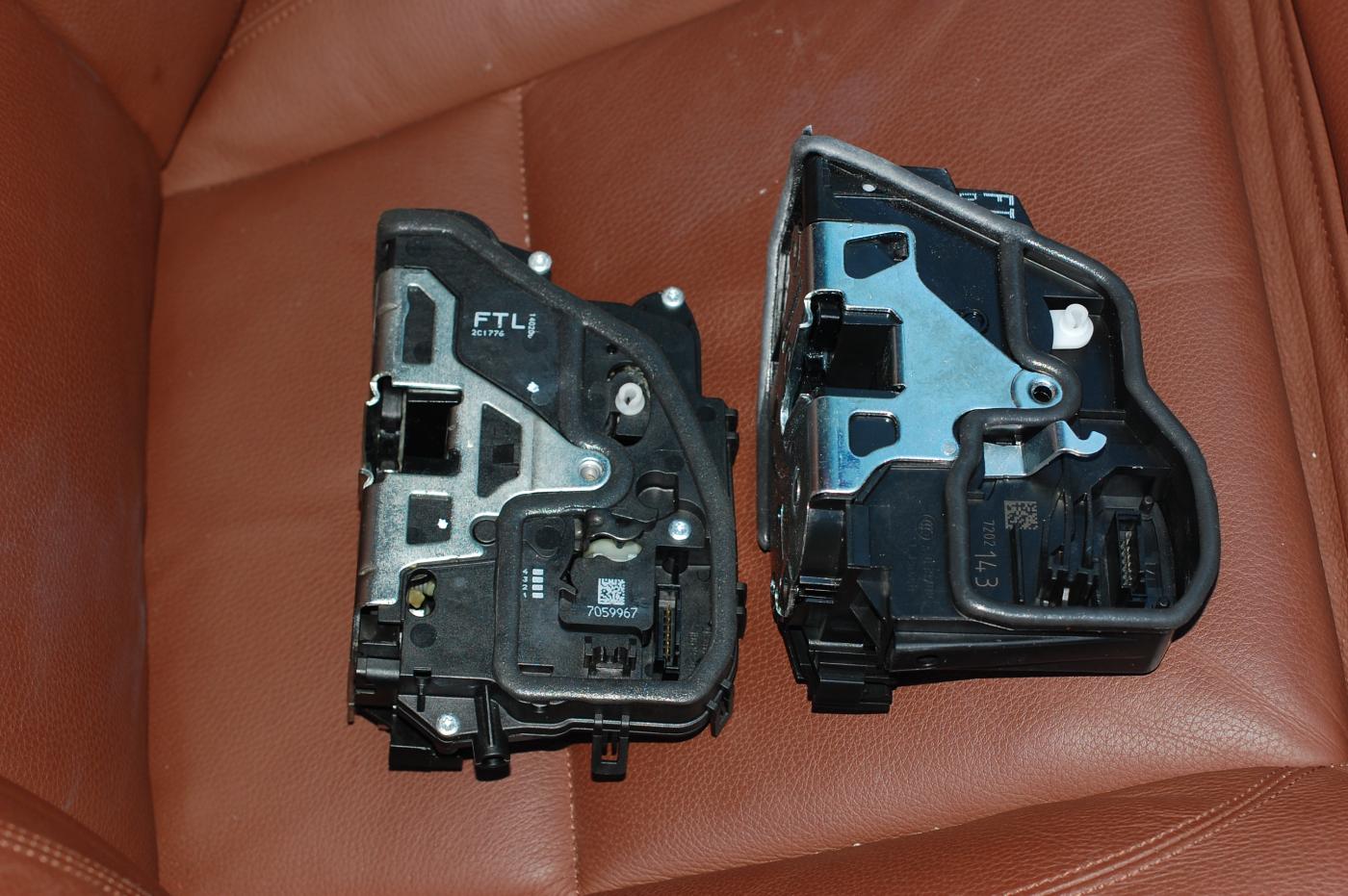
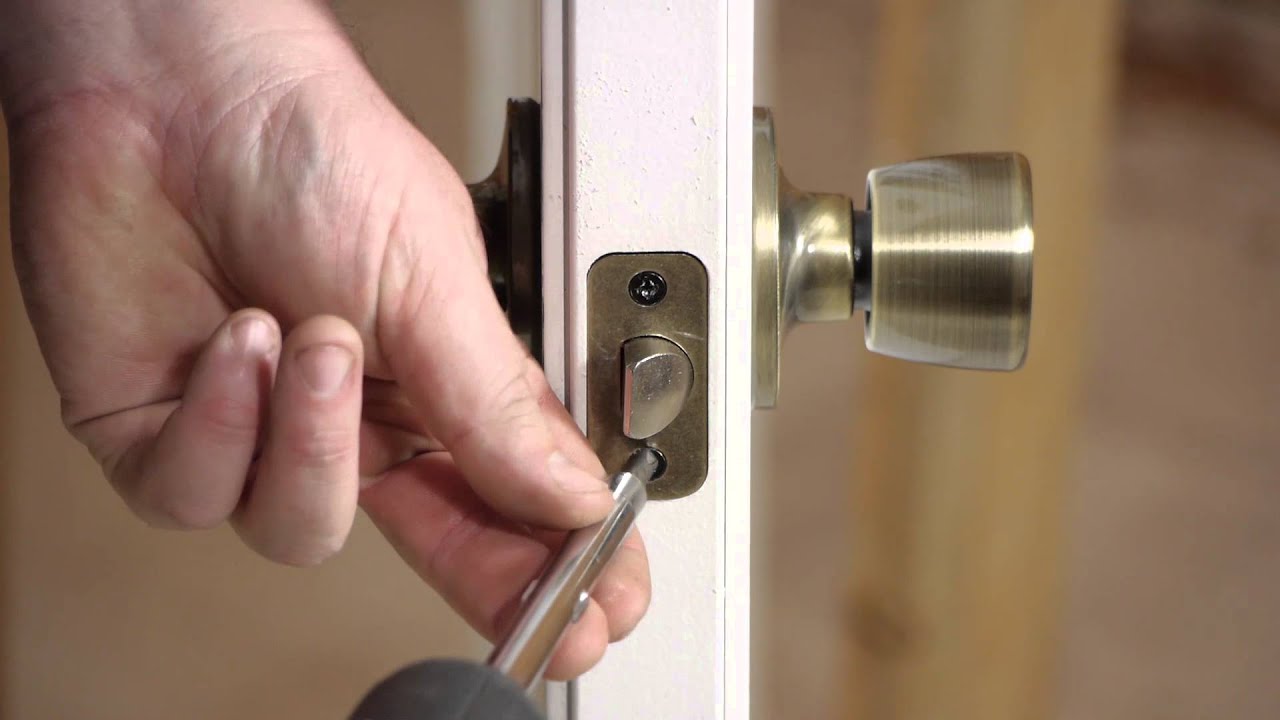
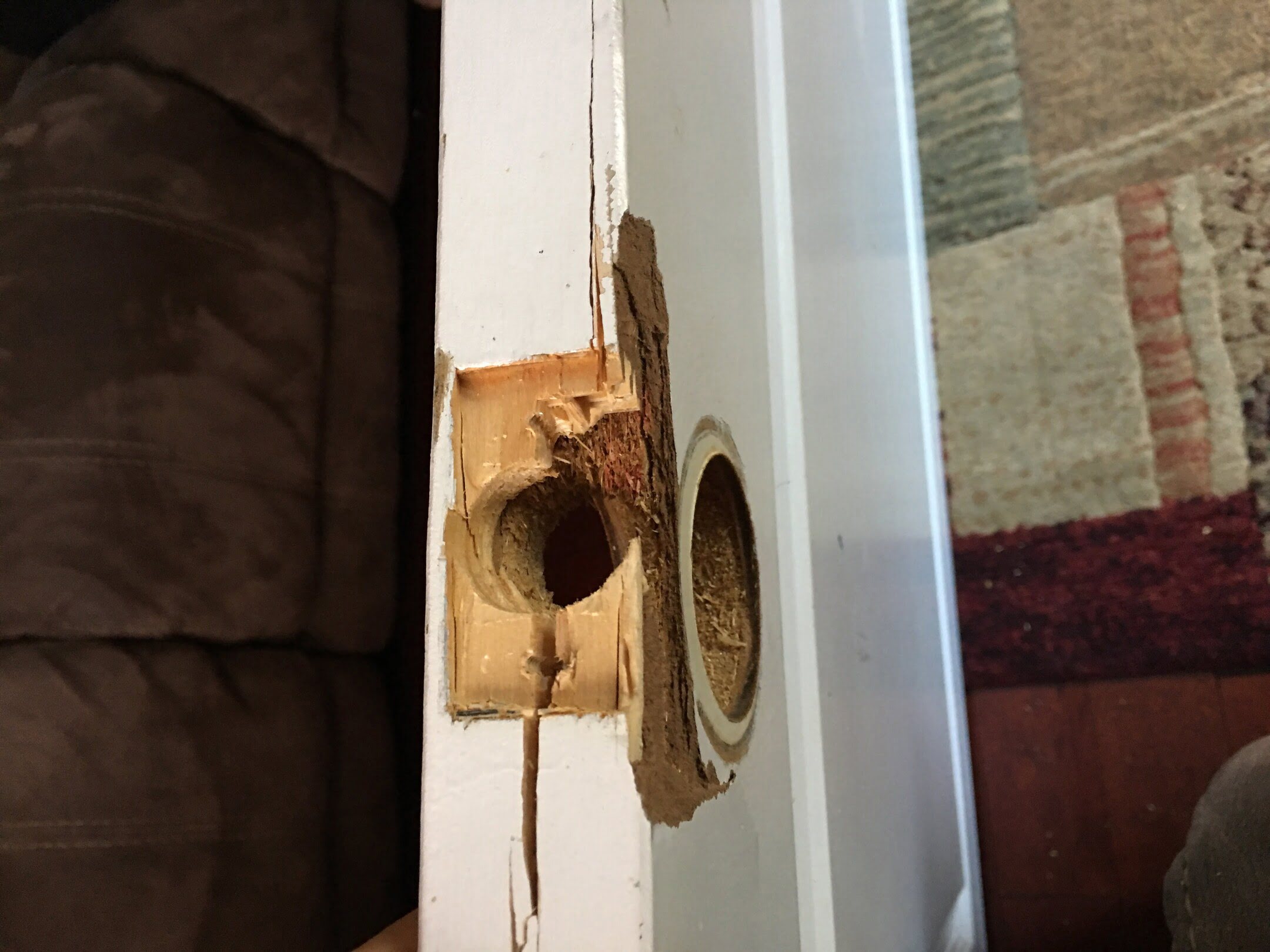
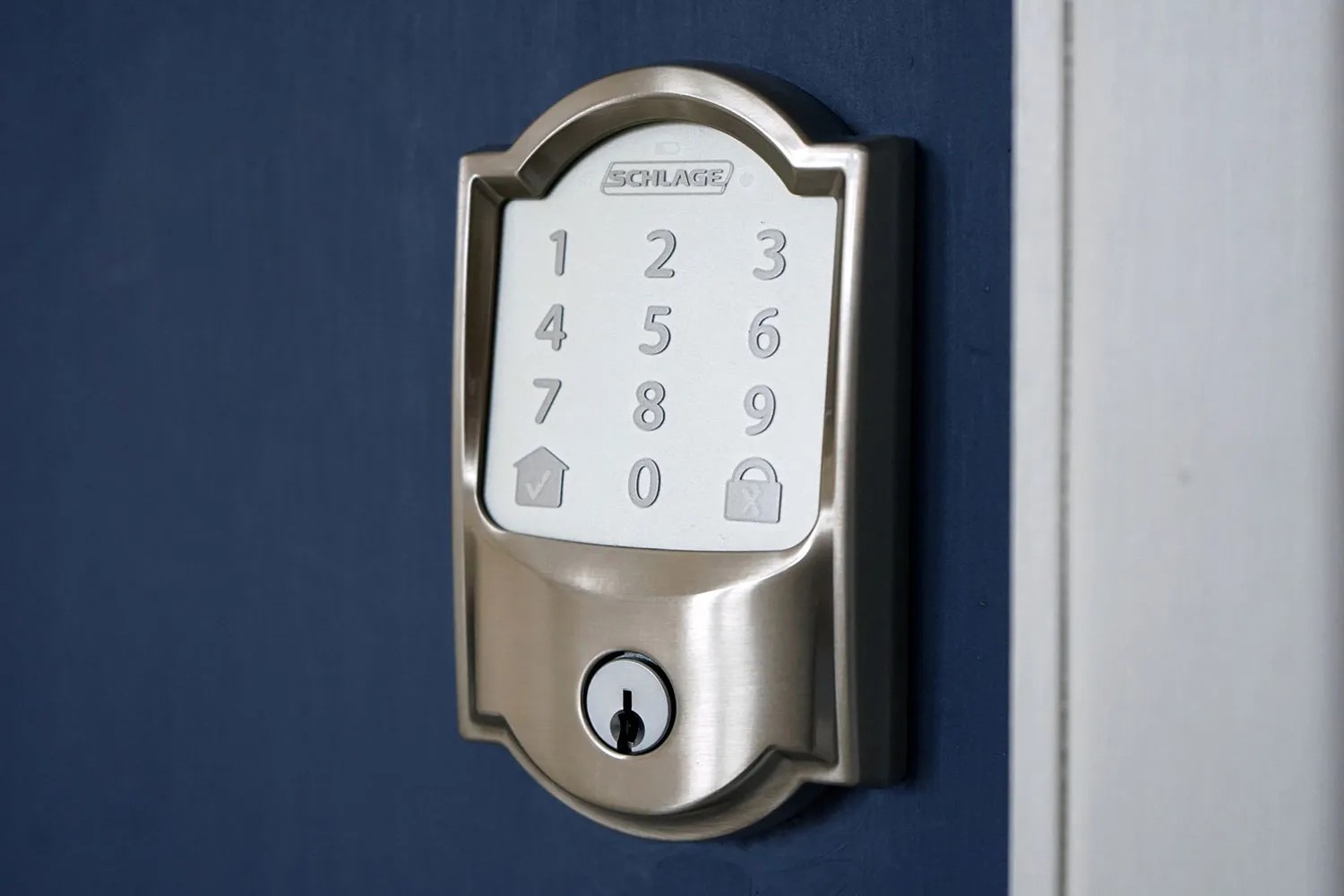
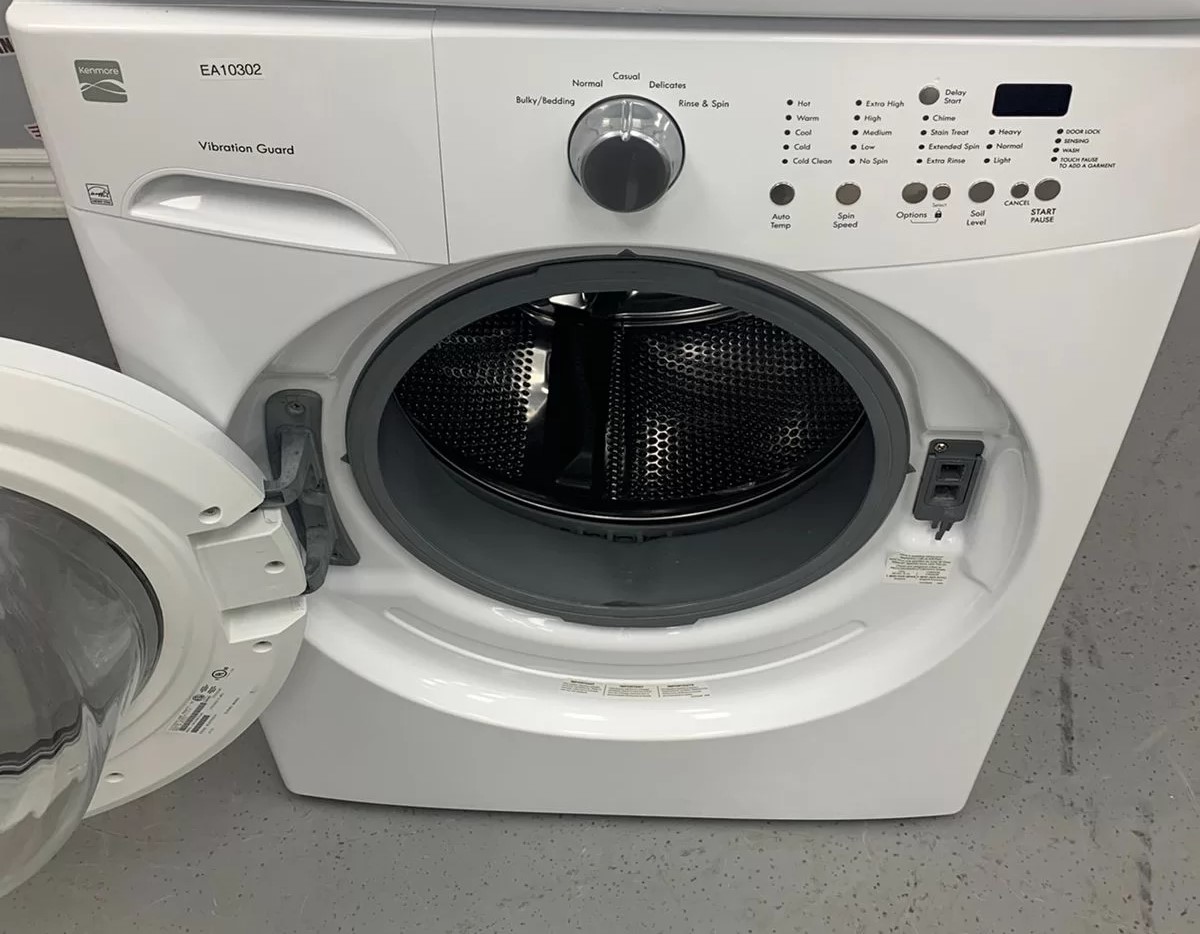
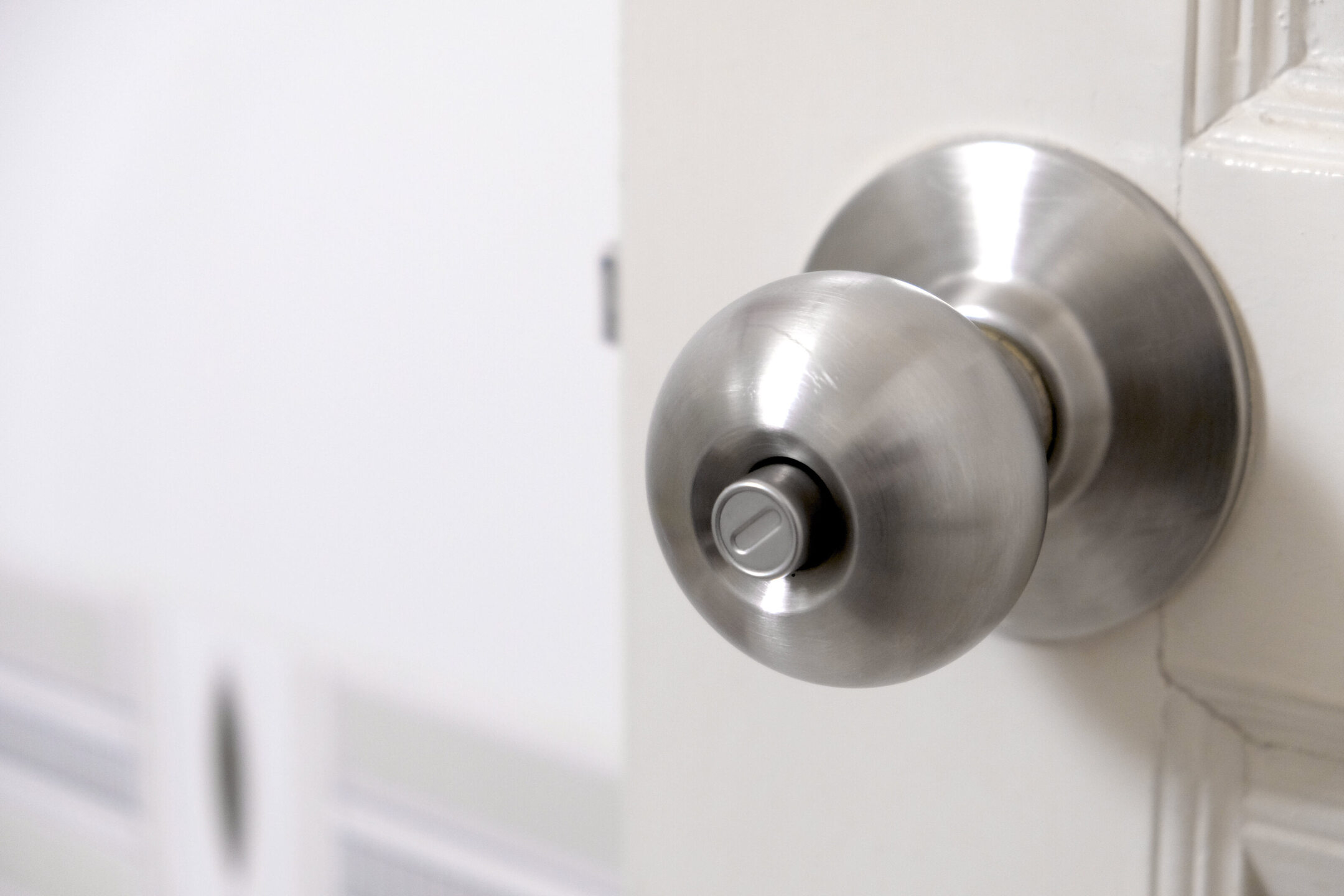
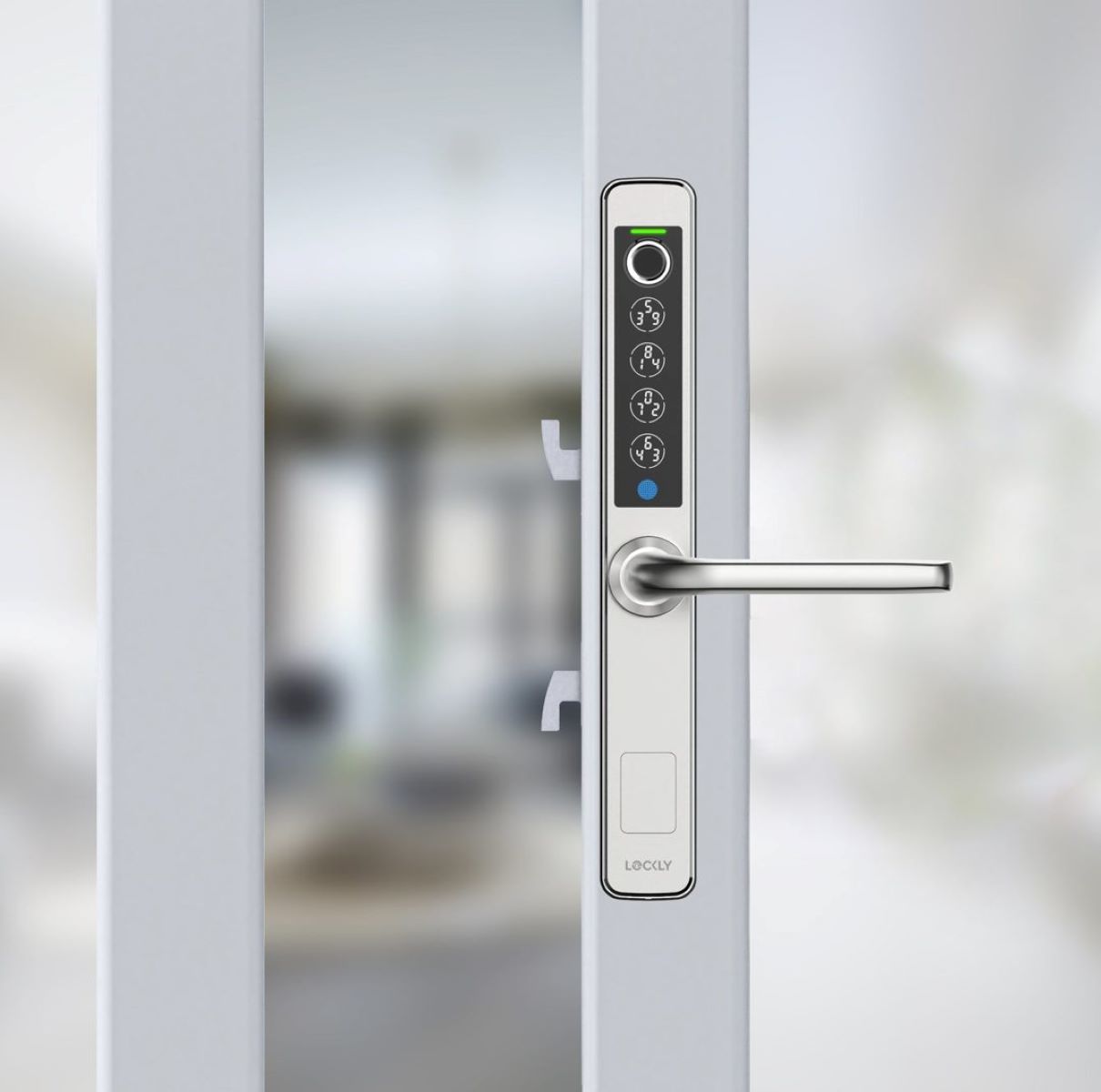
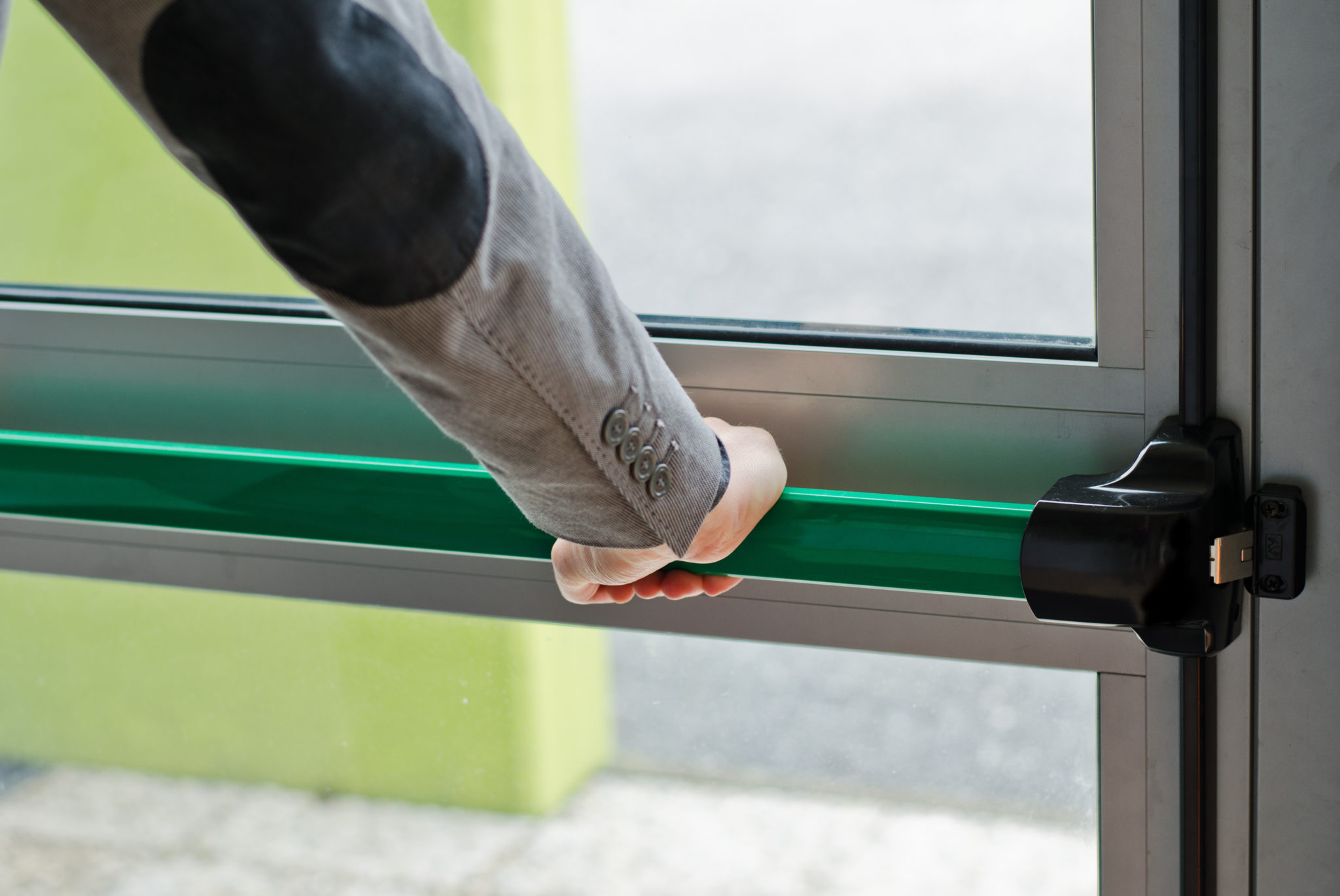
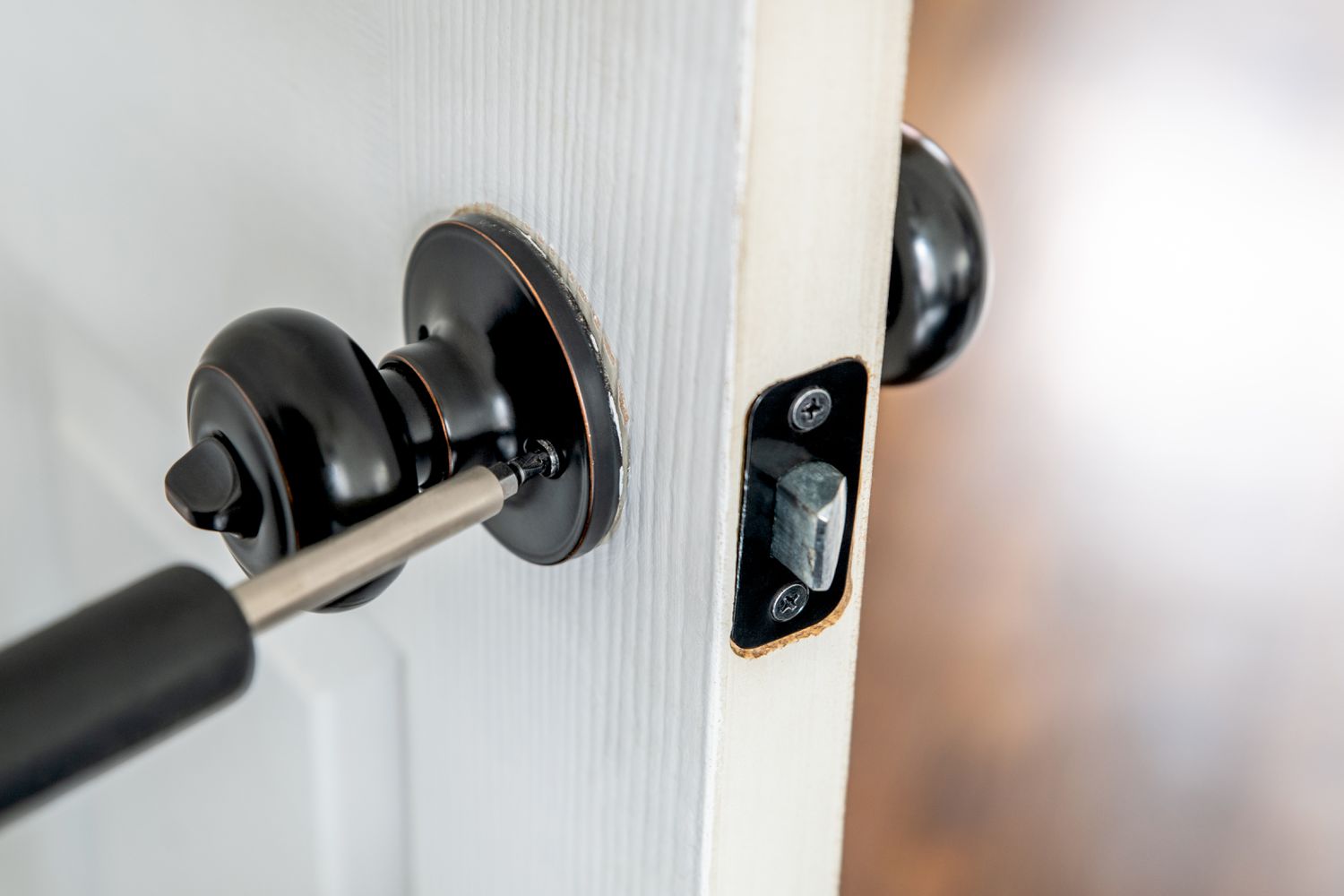
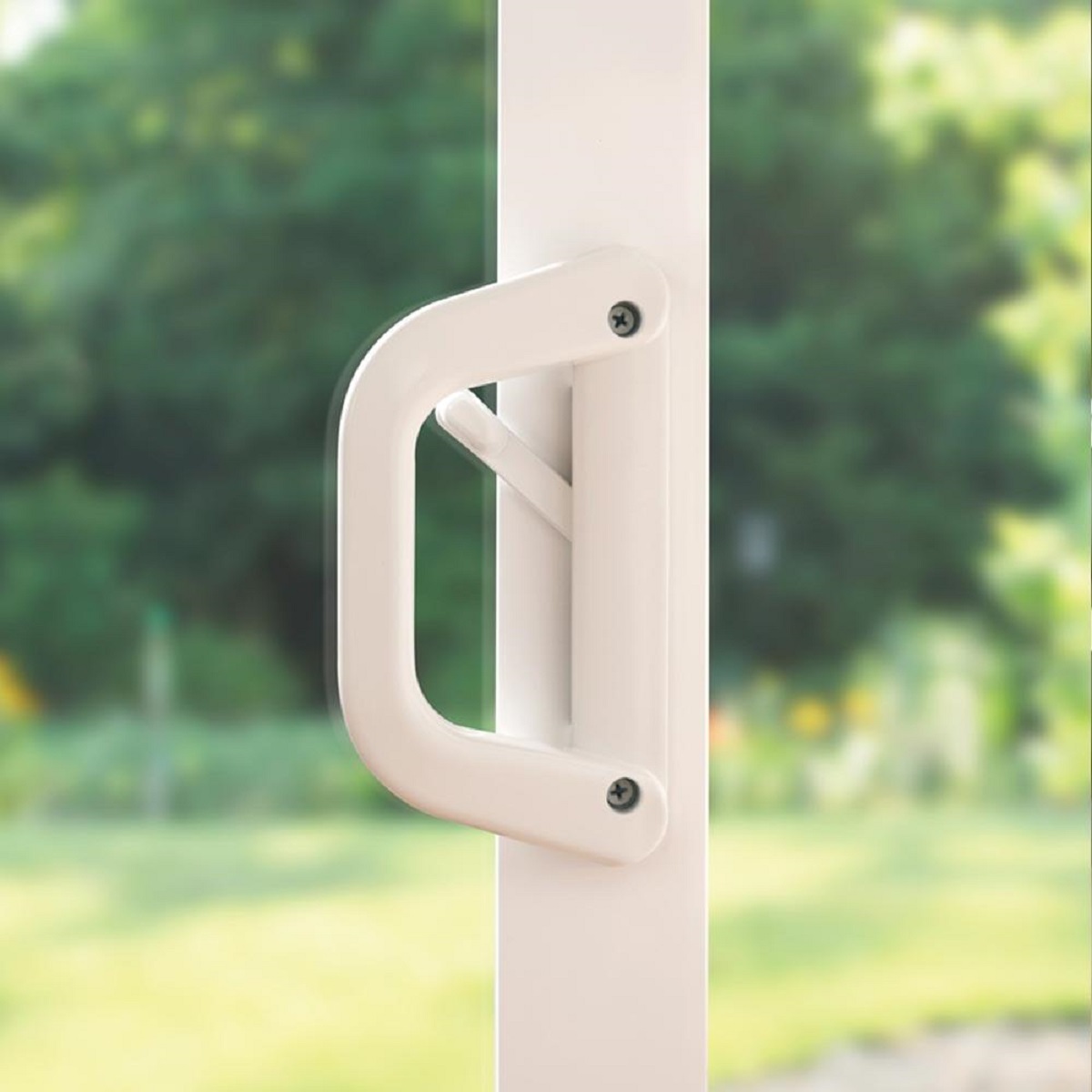

0 thoughts on “How To Fix The Door Lock”